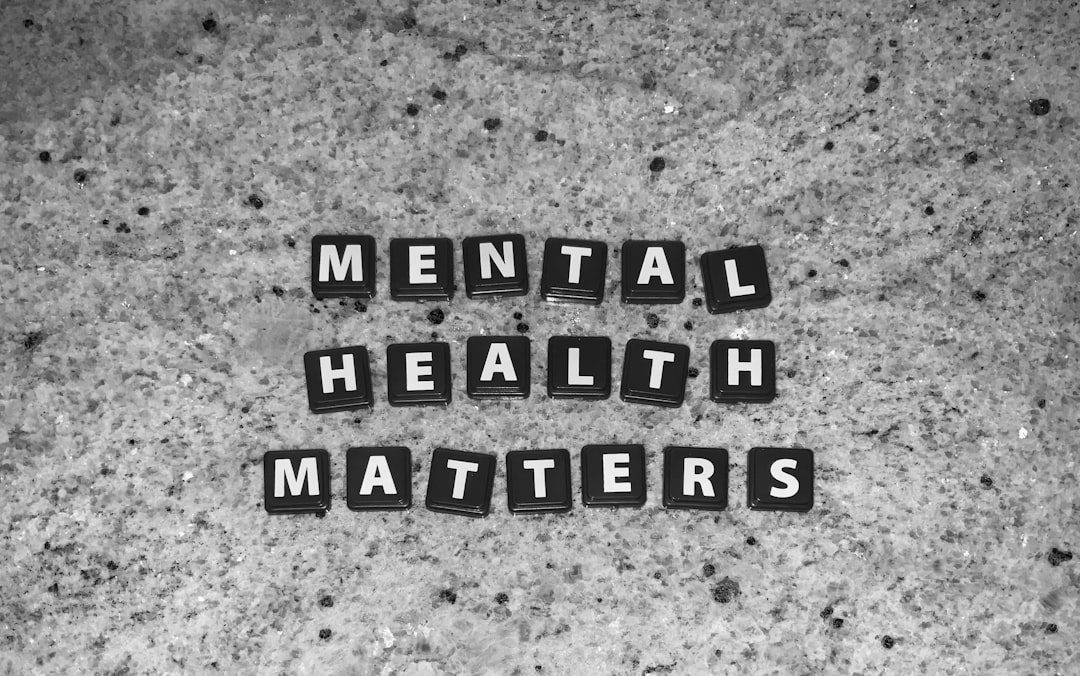What is it about?
In this paper, we find that juvenile court judges and probation officers (POs) have wide ranging and inconsistent estimates of recidivism for youth based on their identified risk level. For example, some judges and POs estimated that kids at moderate and high risk levels could have between 0-80% chance of committing another crime in the following year & on average, they believed that a youth with a high risk level had a 40% chance of committing a violently crime. Judges and POs use these estimations in the decisions they make to place kids in juvenile detention settings or to take them out of their homes and communities. We also looked to see if youths’ race affects these decisions and found that there weren’t significant differences in the moderating effects of race, suggesting that judges and POs don’t rate the probability of recidivism as different for Black and white youth. Given that Black youth are detained and placed at higher rates than white youth with the same risk levels, we suggest that vignette and survey-based research does not capture all of the nuances of the real world.
Featured Image

Photo by Sasun Bughdaryan on Unsplash
Why is it important?
As we showed, the estimates that judges and POs make about recidivism significantly affect their decisions around removing a youth from their home/community and placing them in detention/residential placement. And we know from previous research that severe or harsh sentences (like incarceration) for lower risk youth can increase those youths’ chances of committing another crime (and other negative consequences like worsening mental/physical health, loss of educational attainment). But the estimates weren't just overestimates; underestimates of risk can lead judges and POs to overlook needs that youth have that require significant intervention (e.g., mental health, substance use, education). The wide ranges of estimates across the sample can lead to unpredictability in the court process for youth and their families - how can kids and their families prepare for court if decisions about out-of-home placement are being made on individual judges’ and POs’ beliefs?
Perspectives
This project was a pleasure to conduct with academics and non-academics (including a juvenile court judge). The article also has big implications for what the juvenile court system can do to decrease the number of incarcerated kids and ensure that decisions to remove kids from their communities are appropriate and data-driven.
Jeanne McPhee
University of California San Francisco
Read the Original
This page is a summary of: What’s risk got to do with it: Judges’ and probation officers’ understanding and use of juvenile risk assessments in making residential placement decisions., Law and Human Behavior, April 2023, American Psychological Association (APA),
DOI: 10.1037/lhb0000528.
You can read the full text:
Contributors
The following have contributed to this page










